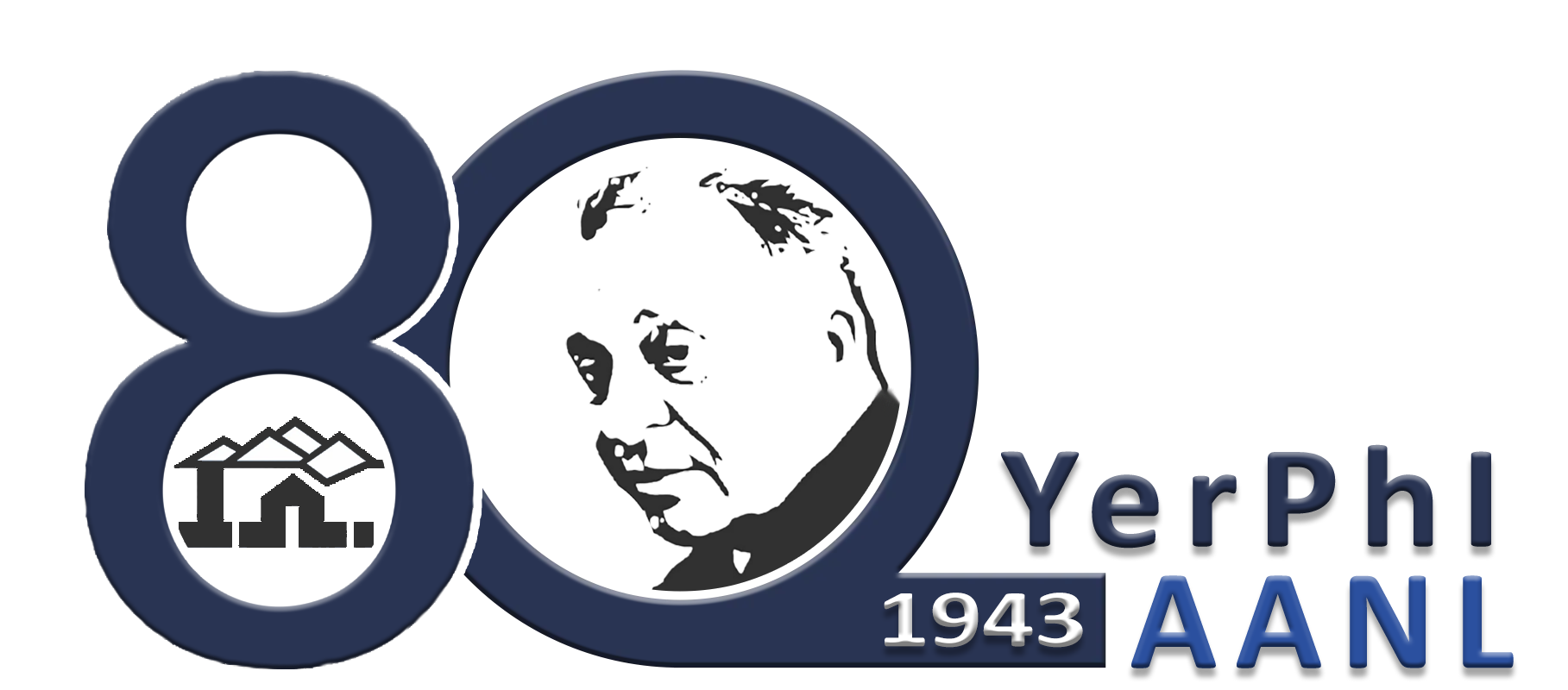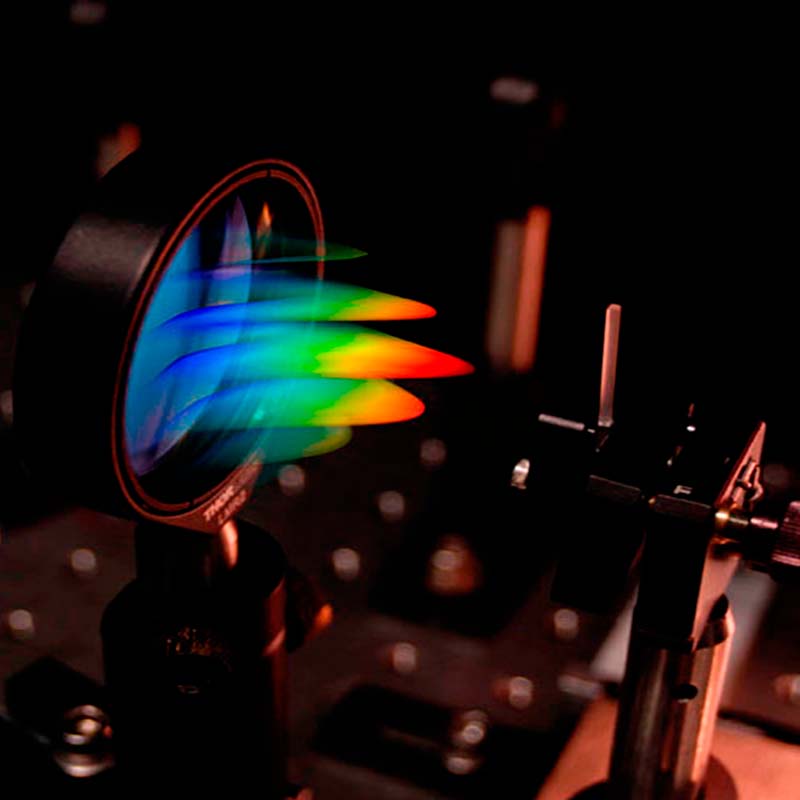
Experimental physics division

AANL Experimental Physics Division (EPD) has a long lasting tradition of research in the field of high energy experimental physics in a wide range of topics since the operation of Yerevan electron synchrotron (ARUS) with energy of up to 6 GeV in 1967. During 1970-1991s, ARUS synchrotron operated productively and many scientific results have been obtained in the energy range up to 4,5 GeV, including the study of hadronic properties of photons in reaction of π-meson photoproduction on nuclei, structure of nucleon resonances in multi-polarization experiments, structure and characteristics of a nuclear matter, study of properties of X-ray transition radiation and radiation of relativistic electrons at channeling in monocrystals, etc. Physicists of EPD succeeded in receiving a number of important results which allowed to promote the understanding of hadron and nuclei structure and fundamental properties of elementary particles. Since 1991, when the accelerator stopped operating, only short-term experiments have been periodically performed. The reputation of the Institute as a nuclear physics and accelerator center helps to preserve and develop international collaborations with scientific centers in the USA, Germany, Switzerland and others, fully participating in their experimental research programs.
The research scope also includes low energy nuclear physics investigations on the basis of electron accelerator complex LUE-75, upgraded in 2019, and providing a stabilized electron beam with energy of up to 75 MeV with an average current of 0.5 μA. Particularly, studies of various photonuclear processes are included in the research plans of the EPD and Yerevan State University. Secondary, neutron-induced reactions have been under investigation in collaboration with the Czech Brno University. The beams of the linear accelerator operated under the specially worked-out low-intensity regimes (10-20 e-/s) can be used for the calibrations of crystals and various types of detectors at energies of 10-75 MeV. Particularly, they were used for the calibration of CsI crystals foreseen for the calorimeter in Mu2e experiment at Fermilab, collaborating with the Joint Institute for Nuclear Research (Dubna, Russia).
Experimental studies in the field of low-energy nuclear physics, particularly, cluster structure of excited states of light nuclei (Li, Be) and nuclear reactions including disintegration of 12C into three alphas are foreseen using the external proton beam of cyclotron C18/18, launched in 2019 by AANL scientists. In addition to the research program, it is proposed to develop the production of isotopes for diagnostics and therapy on the extracted beam of the C18/18 cyclotron. The proton beam from the C18/18 cyclotron can also be used as a neutron source to measure cross sections of neutron-induced reactions. The possibility for thermal/epithermal neutron beams for boron (10B) neutron capture therapy will also be studied.
A new, picosecond resolution timing technique was created by the RF Timer group. New scientific devices are being developed which open new opportunities and new research directions, including fundamental physics, nuclear physics, materials science, biomedical research and equipment.
Another field of research interest is the study of rare nuclear processes in the Low background underground laboratory of Avan salt mine. At the Division the methodological studies of plastic scintillators, substrates for nuclear targets, NaJ(Tl) and neutrons detectors, microstrip silicone detectors, RF phototube, low-pressure MWPC are ongoing. The research in the field of material sciences, namely the development of prototypes for production of chitin/chitosan systems, synthesis and research of their new modifications are also being carried out.
Collaborations
- High energy experimental physics /collaboration with CERN-LHC (ATLAS, ALICE, CMS), AMBER /
- Structure of hadrons and electromagnetic interaction properties with high energy electrons and photons /collaboration with JLab (Halls A, B , C, D) /
- Hadron physics based on HERMES and H1 data /collaboration with DESY /
- Very high energy gamma ray astrophysics /collaboration with HESS , CTA /
- Fission and fragmentation of nuclei with real photon beams /collaboration with ELI-NP, HIγS /
- Measurement of the sea quark Sivers function, using Drell-Yan production /collaboration with FermiLab, SpinQuest /
- Study of “glue” in spin-polarized electron-nucleus collisions /Electron-Ion Collider (EIC) at Brookhaven National Laboratory /
- Measurements of asymmetries in the lepton pair production in collisions of non-polarized, longitudinally and transversely polarized proton and deuteron beams (SPD experiment) /Nuclotron-based Ion Collider Faсility (NICA) at the Joint Institute for Nuclear Research /
- University of Glasgow, Scotland
- Gutenberg University, Mainz, Germany,
- Tohoku University, Japan
- ELI-NP Center, Bucharest, Romania.
Career and education opportunities
Prospective students and researchers can apply PhD and junior researchers positions both in experimental programs on AANL base complexes of electron linear accelerator LUE-75 and proton cyclotron C18/18, and in scientific programs collaborating with international centers CERN, Jlab, FermiLab, BNL, etc. They can also apply for different science school programs organized at our partner centers in high energy and nuclear physics.

